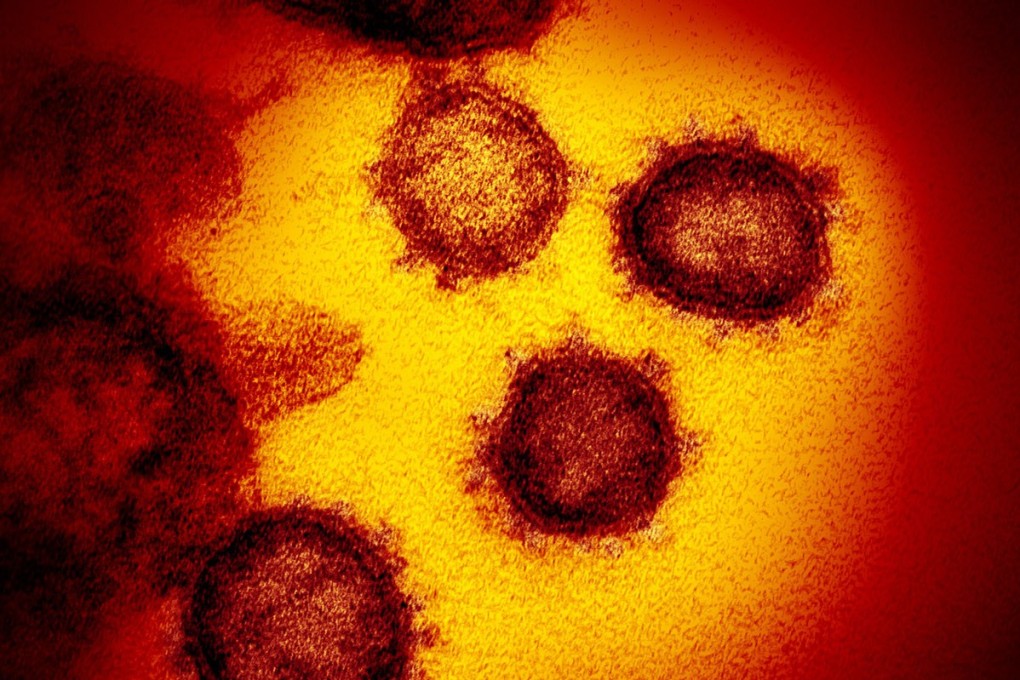Coronavirus up to 20 times more likely than Sars to bind to human cells, study suggests
- New strain appears to be more readily transmitted from human to human than Sars, Texas researchers find
- Further studies needed to explore human host cells’ role in spread between people, the report says

The novel coronavirus and Sars share the same functional host-cell receptor, called angiotensin-converting enzyme 2 (ACE2).
The report, published on the website bioRxiv on Saturday, said the new coronavirus had around 10 to 20-fold higher affinity – the degree to which a substance tends to combine with another – for human ACE2 compared with Sars.
But the researchers added that further studies were needed to explore the human host-cell receptor’s role in helping the new virus to spread from person to person.

“Compared with SARS-CoV, 2019-nCoV appears to be more readily transmitted from human to human,” the report of the study said. “The high affinity of 2019-nCoV S for human ACE2 may contribute to the apparent ease with which 2019-nCoV can spread from human to human.”
The disease caused by the new coronavirus, which the World Health Organisation (WHO) has named Covid-19, has killed more than 1,800 people and infected over 70,000 worldwide.